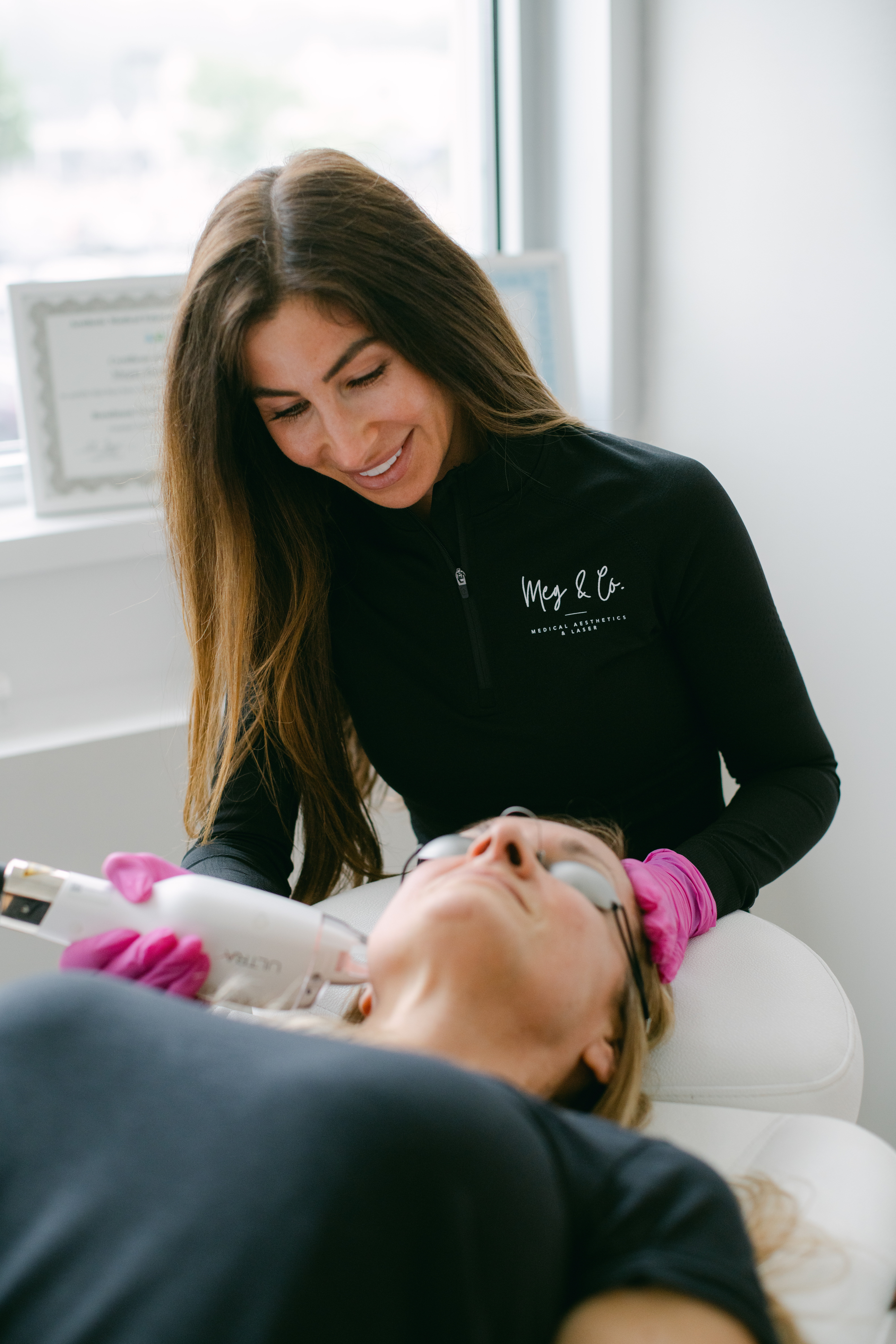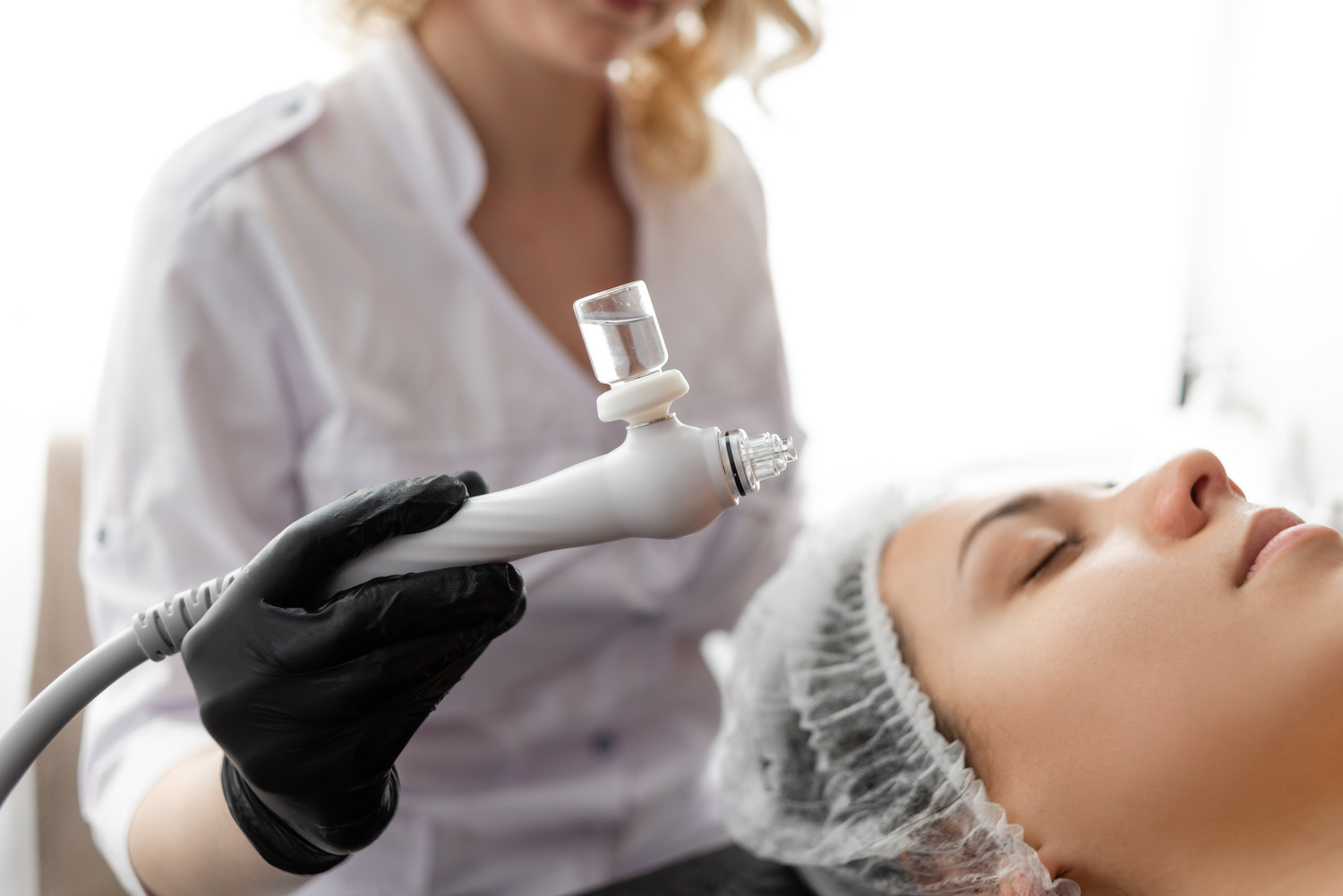Hypopigmentation
What is Hypopigmentation and What Causes It?
Hypopigmentation is a skin condition named for the lightening (Hypo meaning “less” and pigmentation meaning “color”) of your skin color. The physiological cause is reduced melanin (pigment) in the skin. Usually, hypopigmentation is patchy and irregular unless it’s a direct result of scarring from physical damage to your skin.
Most often, this is caused by injuries, scarring, or another underlying skin condition. The best treatment depends on what caused hypopigmentation, but laser therapy is a common and effective choice. Unfortunately, if the hypopigmentation is very severe, you suffer from albinism, or you have very substantial old scarring, there’s no reliably effective treatment.
What Causes Hypopigmentation?
The most common causes are external stresses to the skin that cause damage. Some examples are:
- Burns (especially burns that blister significantly)
- Skin infections
- Chemical burns or bleaching
- Scars from injuries
That said, there are several genetic and medical conditions that can cause hypopigmentation to take palace without external stressors. Some of these conditions are:
- Albinism – A genetic disorder that results in chronically low levels of melanin in the body, including skin and eyes. This results in very pale skin, hair, and eyes. Being a genetic disorder, we can’t do a lot to help with this condition, but we may be able to reduce some of the aesthetic symptoms.
- Vitiligo – This is a condition that arises from a malfunctioning immune system that attacks the Melanocytes in your body, which produce melanin. Similar to albinism, this can affect your skin’s pigmentation, but it’s often more patchy and irregular. Being a genetic disorder, we can’t do a lot to help with this condition, but we may be able to reduce some of the aesthetic symptoms.
- Pityriasis alba – This is a genetic skin condition that results in patches of scaly skin occurring. As the patches clear up, hypopigmented skin results. Being a genetic disorder, we can’t do a lot to help with this condition, but we may be able to reduce some of the aesthetic symptoms.
- Tinea versicolor – This fungal skin infection is caused by excessive yeast growth on your skin and can result in hypopigmentation as you recover from the infection.
- Lichen sclerosis – This uncommon condition results in thin, light skin around the genitals and anus and more commonly affects postmenopausal women.
- Psoriasis – This skin condition results in the buildup of scaly plaque on the skin. When the scaly skin flakes away, low-pigment patches are often left behind.
- Eczema – This condition causes skin to dry out, develop pumps, and become itchy. Treatments for this condition can sometimes result in hypopigmentation.
It’s also possible for laser therapy to result in hypopigmentation. This is usually because some laser treatments, like laser skin resurfacing, stimulate collagen and skin regeneration, and melanin-producing melanocytes may not be able to keep up.


Treatments Available At
Meg & Co.
LaseMD Ultra Laser Skin Resurfacing
This is our go-to therapy for helping patients with hypopigmentation. By tuning this laser treatment, we can help to stimulate the production of melanin in the skin. This won’t work for all types of hypopigmentation, so please consult with one of our talented technicians to make sure this is the right therapy for you.
Safety Considerations
LaseMD Ultra treatments are very safe. However, it’s worth taking some precautions after treatment to protect your skin. A high-SPF sunscreen lotion and making sure the area is shaded (by a hat or clothing) will help protect your treated skin from sun damage and encourage your skin to heal properly and quickly.
FAQ
What causes Hypopigmentation?
Hypopigmentation has a range of causes listed above, but the most common cause is physical trauma to the skin resulting in the destruction of melanin and/or melanocytes that produce melanin. You can see this in various types of scarring, including scars from cuts, burns, chemical burns, and so on. How treatable this type of hypopigmentation is varies on a case-by-case basis. Schedule a consultation with one of our clinical technicians to find out if and how we can help.
How can I prevent Hypopigmentation?
The best ways to protect your skin from hypopigmentation are the best ways to protect your skin in general. Avoid skin damage from all sources. The easiest thing you can do is regularly protect exposed skin with broad spectrum sunscreen lotion and moisturize your skin to ensure it’s strong and supple and less prone to the incidental damage that may occur in your day-to-day life. If you do develop a blister or other skin damage, do your best to protect the damaged skin from further damage, and don’t pop your blister.
How many treatments will I need to reverse hypopigmentation?
This really depends on the cause and severity of your hypopigmentation. Some forms of hypopigmentation aren’t even readily treatable. We recommend you schedule a consultation with one of our technicians in order to properly assess your unique situation and help you recover your normal skin tone effectively.
